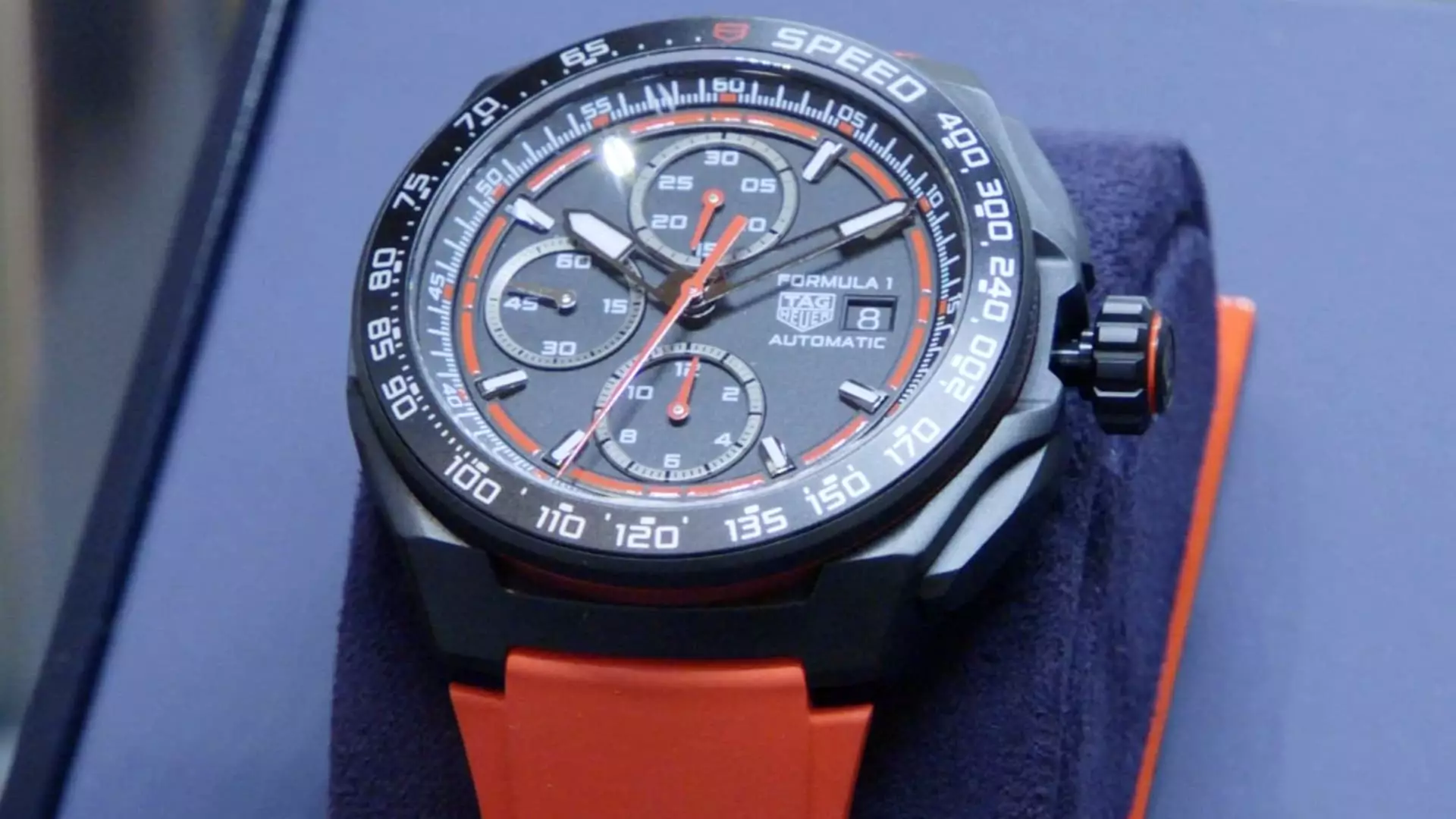In the world of luxury retail, fluctuations in consumer demand can significantly influence financial outcomes for prestigious companies. Recently, LVMH, the titan of luxury goods, reported a year-on-year growth in its watches and jewelry division, which has sparked renewed optimism among its brand leaders. Dynamic shifts across markets, particularly within the American consumer landscape, signal that a new chapter may be unfolding for luxury conglomerates like LVMH.
LVMH’s recent earnings reveal a notable growth of 3% in its watches and jewelry sector, which stands in stark contrast to declines in other categories, such as fashion and leather goods, which fell by 1%, and wine and spirits, which dropped by 8%. This pivot in fortune isn’t merely a fleeting trend; interviews with CEOs from prominent LVMH brands, such as Bulgari and Tiffany & Co., indicate a growing confidence in the market as we head toward 2025. Driven by a resurgence in spending among affluent Americans, particularly following the U.S. presidential election, there appears to be a renewed sense of consumer confidence, especially in the luxury domain.
Jean-Christophe Babin, CEO of Bulgari, expressed surprise at the positive early indicators of 2023, hinting at a wider sentiment shift among consumers. Alongside him, Anthony Ledru from Tiffany mentioned the importance of consumer confidence, emphasizing that a ‘feel-good factor’ can substantially influence purchasing behavior in luxury retail. This highlights a pivotal relationship between consumer sentiment and high-end spending, which, as history has shown, can be volatile.
However, the luxury sector is not without risks. U.S. tariffs on imported luxury goods remain an unpredictable variable that could dampen any aspiring recovery. With many high-end watches produced in Switzerland, the presence of tariffs could significantly affect pricing structures and, ultimately, sales performance. The echoes of previous tariff threats from the Trump administration still linger, leaving luxury brands with a degree of uncertainty regarding their pricing strategies in the U.S. market.
Despite these economic pressures, brands are diligently preparing for a strong showing in 2025. LVMH’s watchmakers have unveiled new collections that blend innovation with nostalgia—most notably, Louis Vuitton’s “Tambour Taiko Spin Time” series, designed to invoke memories of vintage airport display boards. The push toward launching unique and high-value items suggests that brands are prioritizing craftsmanship and exclusivity, fundamental drivers in the luxury sector.
In an era where strategic collaborations can significantly enhance brand visibility and sales, TAG Heuer’s partnership with Formula 1 has already started to show positive outcomes, reaffirming the notion that brand alignments with high-profile events can spur immediate benefits. The recent launch of TAG Heuer’s new collection has been met with enthusiasm, showcasing not just the innovation of the products but also the power of social media analytics in gauging consumer reactions swiftly.
Tiffany, on its part, has revamped its flagship Fifth Avenue store, aiming to elevate the shopping experience through luxury enhancements while simultaneously doubling its average price point since LVMH’s acquisition. The successful rollout of the “hardware” collection, including a gold chain-link necklace priced over $19,000, underscores a strategic shift towards targeting affluent customers who are willing to invest in high-quality, prestigious pieces.
Bulgari’s efforts to cater to a shifting demographic landscape, particularly regarding female consumers, reflect an evolving marketplace. As women gain more financial independence and purchasing power, luxury brands are recognizing that their target audience is diversifying. Babin noted a significant shift in purchasing behavior, with women increasingly buying jewelry for themselves rather than solely relying on gifts from men. The rise of women’s purchasing power signifies a broader cultural change, marking a new era for luxury retail strategies focused on inclusivity and empowerment.
As LVMH’s executives weigh the potential impact of tariffs on their pricing strategies, they remain hopeful about the future resilience of the luxury sector. Early travel trends indicate that an affluent clientele is already making purchases in Europe, motivated by a favorable exchange rate. Wealthy consumers are often global citizens, obtaining luxury items in markets that provide them the best value, thereby forcing brands to remain agile and responsive to international economic fluctuations.
LVMH’s recent return to growth in the watches and jewelry sector can be attributed to a blend of recovery in America, strategic product launches, and a keen understanding of evolving consumer demographics. However, the looming threats posed by tariffs and economic factors demand that the luxury sector remain vigilant and adaptive. The resilience demonstrated by LVMH and its brands suggests that there is a promising road ahead, provided they navigate these challenges effectively while harnessing the evolving dynamics of luxury consumption.

